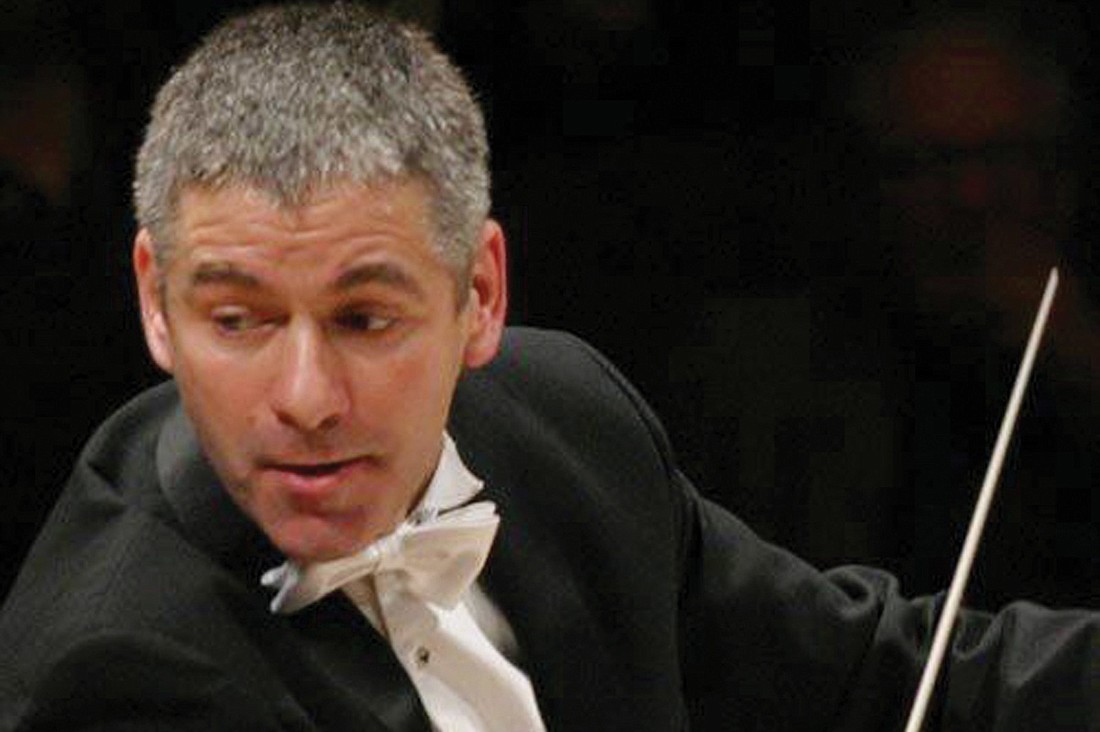- April 18, 2024
-
-
Loading

Loading

Robert Levin, a musician well-known to local audiences through his work with the Sarasota Music Festival and to worldwide listeners because of his pianism, personality and scholarship, appeared last week with the Sarasota Orchestra and guest conductor, Grant Llewellyn. The program showcased the skills of the pianist, orchestra and leader.
Like Mozart’s Clarinet Quintet, now known as the “M*A*S*H” Quintet because it was played throughout the final segment of that television series, Mozart’s Piano Concert No. 21 has been dubbed the “Elvira Madigan” because parts of it were used in that film in 1967. But, in the hands of Levin, it might well be named after him because the pianist has made it his own.
It was the custom during Mozart’s time for soloists to embellish, ornament and improvise not only cadenzas but also repeats of themes and even segments that are printed only for the orchestra. Levin, a Mozart scholar who could probably teach Wolfgang a thing or two about his works, knows how to weave his improvisations into a concerto without distortion and, at this performance, sans schmaltz or any other hint of a wink or a nod; we were hearing creativity and erudition at their best.
Although Levin’s musical joy is infectious, it’s his seamless melding of virtuosity and scholarship that makes his performance singular. Whether his planned spontaneity was instantaneous or previously shared with the conductor, Llewellyn seemed to breathe with every Mozart-Levin phrase, bringing the orchestra along as if its musicians were one organism. The tempos were graceful and proper, making this one of the most absorbing and fascinating renditions of this familiar work I’ve ever heard — live or on recording.
The same thing happened, without the soloist, of course, in Rachmaninov’s “Symphonic Dances.” The Russian-American composer was much influenced by other music of the time so, although the sound is pure Rachmaninov— filled with thick, juicy, organ-like chords and harmonies — colors of Copland, Ravel and Debussy seep into the mix. Solos by Concertmaster Daniel Jordan and first chair wind and brass players were beautifully articulated, lush and stylish.
Llewellyn, although masterful in the Mozart piano concerto and the opening overture and ballet music from “Idomeneo,” was at his best in the Rachmaninov, letting the orchestra shine with an economy of gestures reminiscent of Pierre Boulez with warmth.